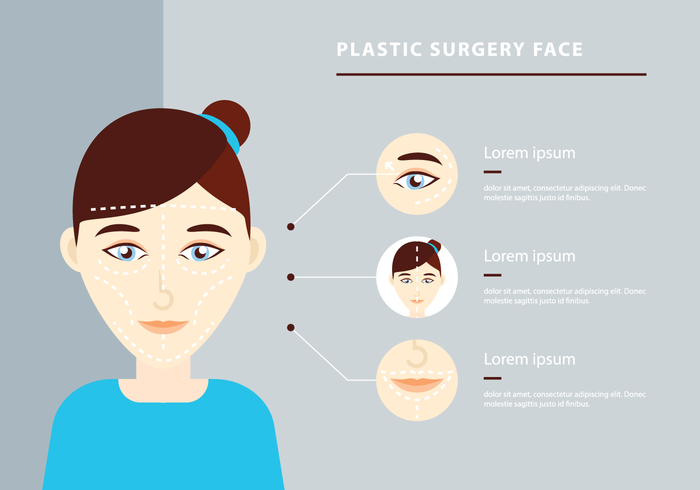Acne scars and dark marks can remain also after the acne itself has gotten rid of. However there are many all-natural, over the counter and medical therapies that can minimize their appearance.
Ice pick scars are small indentations that resemble pinpricks; rolling scars have a wave-like appearance and shallow depth; boxcar scars have clear edges; hypertrophic scars are raised bumps. Treatments include skin needling, where your doctor rolls a needle-studded device over the skin; and surgical excision, when a healthcare professional cuts out deep scars.
1. Scrub
Acne marks discolor best when they aren't covered with dead skin cells. Peeling gets rid of the build-up and permits fresh skin cells ahead to the surface area. It likewise makes acne scars less visible.
A skin specialist can suggest exfoliation methods for your specific skin type. Dry skin might gain from peeling with scrubs or various other mechanical approaches, while oily skin might require a chemical peel. Those with darker skin tones need to be careful using stronger chemical therapies, as they can create dark places and level of sensitivity.
If you have acne scars, avoid picking or squeezing at them, which can make them even worse. Swelling brought on by inflammation boosts the possibility of scarring. Picking can leave ice-pick scars, which are slim imprints with a point at the end. You can likewise get boxcar marks, which are impressions with broader edges. You can also develop hypertrophic or keloid marks. These are increased bumps of scar tissue that can be scratchy and painful.
2. Hydrate
After finishing your acne treatment, keeping skin clear and healthy and balanced calls for a constant skincare routine that shields from outbreaks and decreases post-acne marks. This includes a mild cleanser and cream, non-comedogenic products that don't obstruct pores, and staying clear of foods that irritate skin or trigger acne flare-ups.
Using a light-weight, non-comedogenic cream with components like hyaluronic acid and glycerin can help moisten skin while additionally enhancing skin texture and advertising recovery. Search for a product that is created without scent or parabens.
A product that targets lingering acne marks with active ingredients such as skin-brightening tranexamic acid and bakuchiol can boost dark areas or uneven tone caused by swelling. It carefully resurfaces the skin tone while smoothing rough and distinctive locations. A product that combines a retinoid and a plant-based retinol ultherapy cerca de los ángeles choice can likewise enhance the appearance of much deeper marks while at the same time targeting existing blemishes and preventing future outbreaks.
3. Hide
When your acne scars heal, you can conceal them with makeup and a concealer. Just see to it you're just applying the product over marks that are totally recovered (not fresh ones), states Sotomayor. Then, complete your appearance with a strong lip color or declaration great smoky eyeshadow for maximum influence.
When it pertains to selecting a foundation or colored cream, it is very important to pick one that is noncomedogenic and oil-free. This will aid keep your skin clear and avoid the clogging of pores that can bring about brand-new breakouts.
The very same chooses choosing a concealer. Try to find a formula that uses complete protection however still feels lightweight and blendable on the skin. Likewise, when covering indentations from acne scars, it's a good idea to find a shade that matches your all-natural complexion (as opposed to a color lighter or darker). This will certainly assist conceal the indents more effectively. This nourishing balm is an exceptional choice for lightening up and lightening post-inflammatory hyperpigmentation, which can be triggered by acne or various other inflammatory skin problem. It consists of moisturizing panthenol, softening shea butter and enhancing peptides that minimize inflammation and flaky structure.
4. See Your Skin specialist
The scars that develop from severe acne typically need treatment by a physician or skin doctor. Prior to that can take place, however, a person has to have their acne in control. This consists of not selecting or pressing acne places, and making use of mild cleansers and water-based non-comedogenic items that will not obstruct pores.
If pharmacy cleansers and area therapies aren't removing your skin, routine a visit with a skin specialist. The skin specialist can suggest other treatments that help clear your skin without drying it out or irritating it.
A dermatologist can also treat other sort of post-acne marks, consisting of dark places that are a sort of hyperpigmentation called PIH (post-inflammatory hyperpigmentation). A topical retinoid like adapalene can noticeably lighten these marks and discolor them rapidly. For various other sorts of marks, the medical professional can suggest a more intensive treatment. This might include microdermabrasion or chemical peels that are done right in the office. Depending upon the intensity of your marks, these therapies might require to be duplicated.
